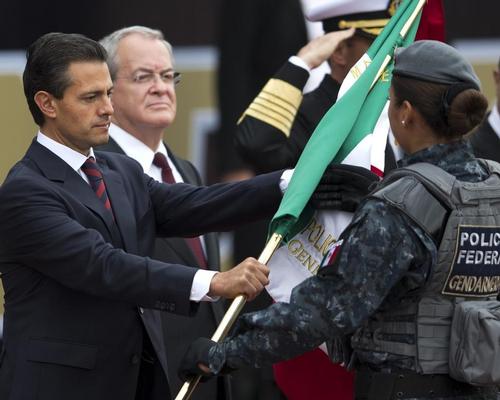06 Sep 2017
Mexico creates cultural heritage police taskforce to tackle theft and trafficking
BY Tom Anstey

Mexico’s police force has created a new federal division dedicated to protecting the country’s cultural heritage, with the aim of tackling theft, the looting of historic artefacts and trafficking of such items.
Heritage theft is a big problem for Mexico, which has been previously criticised for a lack of coordination among its authorities in response to theft of cultural antiquities and for a failure to preserve such items.
According to official figures from the government-run National Institute of Anthropology and History (INAH), of the 4,757 cultural objects stolen between 2003 and 2016, only 67 of those objects were ever found – a 1.4 per cent recovery rate.
Trained by the INAH and the National Institute of Fine Arts (INBA), the heritage taskforce will also receive guidance from the French Gendarmerie and the National Police Force of Colombia, with input from specialists in the US, Ecuador, Italy, Bolivia and Spain.
Speaking to Mexican publication El Universal, Benjamin Grajeda Regalado, head of Mexico’s Gendarmerie, said the new division would seek to "contribute to [efforts] to preserve and guarantee the security of [Mexico's] heritage."
The Gendarmerie is a special police force set up by President Enrique Pena Nieto in 2014. Created as an independent paramilitary force to tackle the country's worst crimes, the force of 5,000 officers focuses on protecting businesses, tourist areas and farm crops from Mexican cartels extorting money.
Cultural trafficking has been a significant problem across Central and South America for many years, with smuggling of cultural property heavily connected to organised crime. Recent successes to tackle the problem include the return of several-thousand stolen cultural heritage items to museums in Ecuador and Peru last year – one of the largest recoveries in South American history.
Close Window